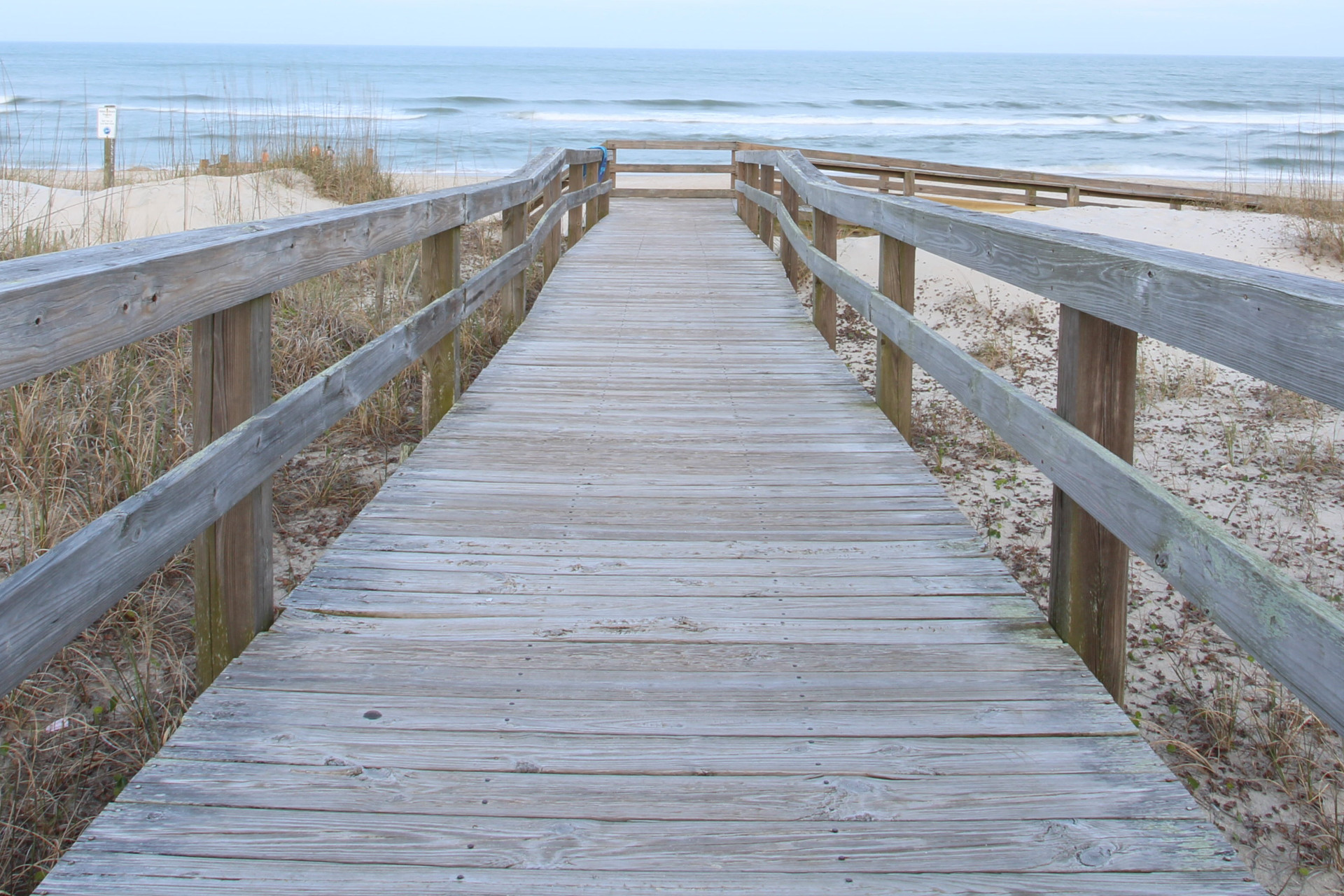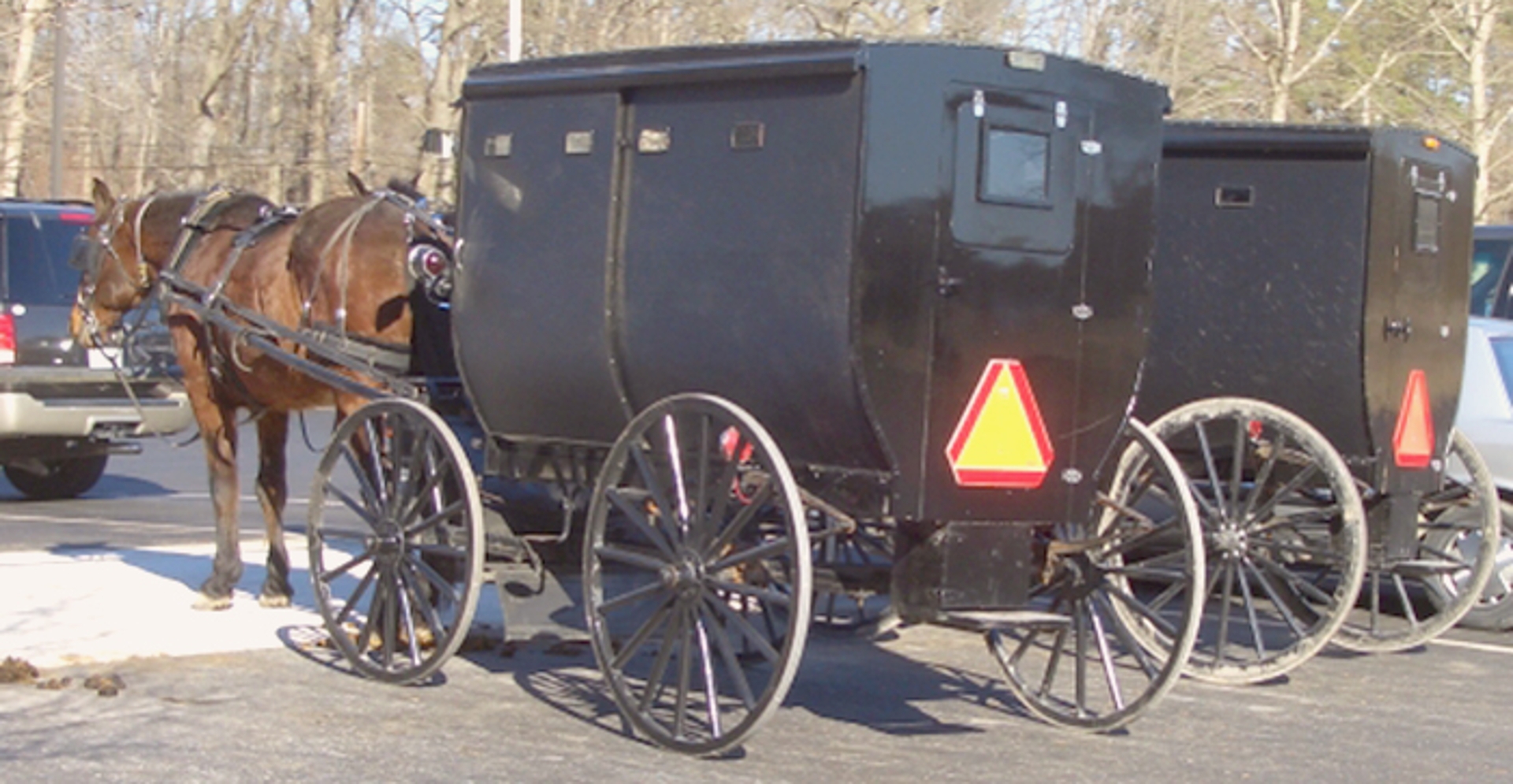14
Sep 2022
By Kathi Ferguson
Just west of Dover, Delaware, lies a thriving, historic Amish community. One of working farms, furniture makers, horse and buggies, farmers markets, Amish owned stores, and more. First settling in central Delaware in 1915, the Amish have called the First State home for over one hundred years. This picturesque part of our region offers its visitors a step back in time and the opportunity to experience an often needed slower, tranquil way of life.
Here are just a handful of highlights about this unique community worth knowing about.
As is typical for most Amish homes, their exterior is almost always painted white. Interior rooms tend to be a bit warmer, using traditional earth tones and neutral shades that stem from past practices of using pigments found in nature. Wood frame homes are common, though some Amish build with brick or construct western style log homes. The homes are typically two stories with spacious main rooms for large gatherings.
Unique to the Amish in Delaware are the buggies. Dover buggies are generally bulky in size, featuring more rounded sides and fully opening back doors. This distinctive look is seen only in the Dover community and other Delaware Amish spin-off settlements. Like many of their other beliefs, the Amish prefer this means of transportation over automobiles for a variety of reasons such as slowing the speed of life and maintaining distance from the world.
Perhaps more than any other article of clothing, the prayer covering worn by Amish women is symbolic of their relationship to God, the Bible and their beliefs. The prayer covering (Kapp) is pinned onto the woman’s hair and is typically worn all day long in readiness for prayer. Dover Amish women wear a prayer covering that is more closely fitted to the head and with finer pleats than, say, the typical Midwest covering.
Amish farms come in all different sizes, from 5 acres to 100 plus acres, all contributing to their community’s livelihood. Since the Amish communities help each other in times of need, farming benefits the Amish community as a whole. With an average of seven children per Amish family, when their family farm is ready to be passed down, it does not go to the eldest child but instead it is left to the youngest son. In old English culture, the older son would generally inherit the farm. If the family does not have any sons, then the farm would be passed down to the youngest daughter.
Furniture craftsmanship, in which they excel, also allows Amish to work together as family—similar to how they maintain the farm. Amish youth may apprentice with family or furniture making neighbors from a young age. Thus, the average Amish woodworker has many years of experience under his belt. One of the many Amish owned cabinet makers, woodworkers and furniture finds is Dover’s Rose Valley Furniture. The finest of heirloom hardwood furniture is skillfully handcrafted into a wide selection of styles with semi-custom options that include wood species and finish options.
Many other fine traditions are represented in a variety of Delaware Amish country shops and businesses, including the indoor/outdoor Spence’s Bazaar and Auction, Haass’ Family Butcher Shop, Shady Lane Selections (quilt shop and variety store), and the impressive Byler’s Country Market and Grocery, whose founding store is located in West Dover. And for cyclists, the month of September marks the popular Amish Country Bike Tour, now in its 36th year.






